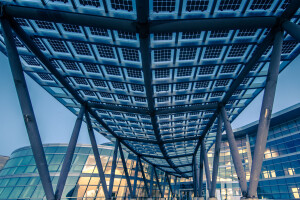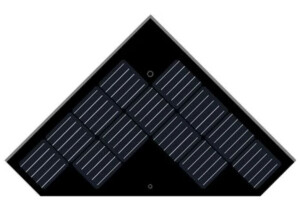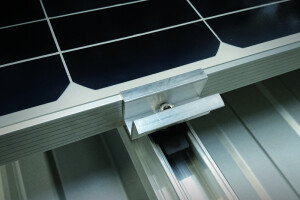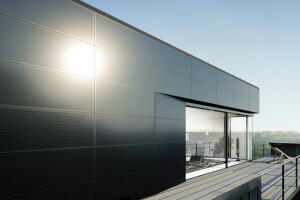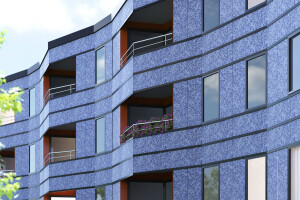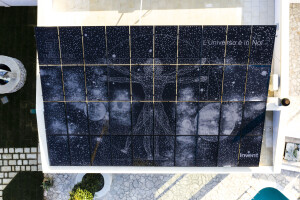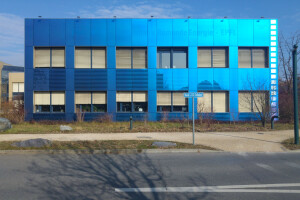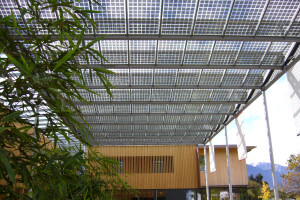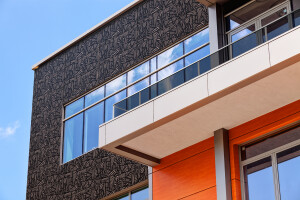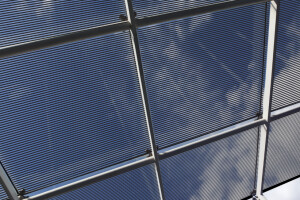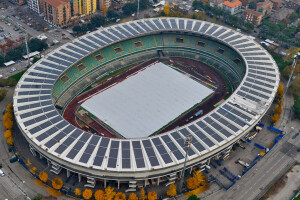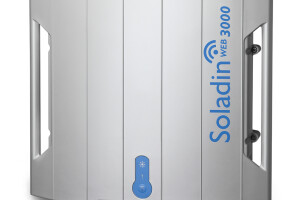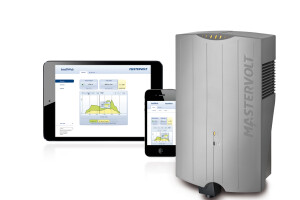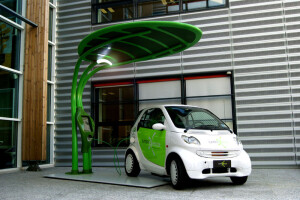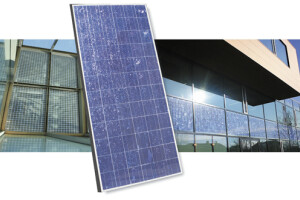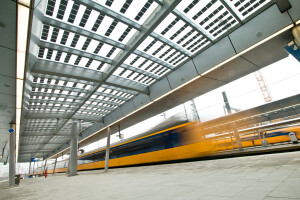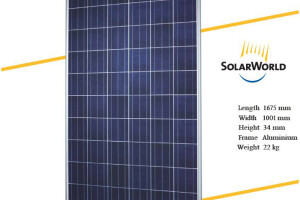Photovoltaic
All About Photovoltaic
The term photovoltaic denotes the ability to generate electricity from sunlight with the use of semiconductor materials. Alternatively, it is the science that deals with the harnessing of solar energy and converting it into electricity. A photovoltaic system includes numerous solar cells that generate electricity and the installations can be on ground, rooftop or wall mounted. Photovoltaic cells provide a relatively new technology in producing ‘green’ electricity. They offer the ability to generate electricity in a clean, quiet and renewable manner. The use of abundant energy from the sun makes them best for environment as they generate electricity without the production of harmful carbon dioxide (CO2) emissions.
PV devices can be used to power almost anything. The alignment of various components of solar panels absorb and convert solar energy into electricity. Their usage is involved in electronics, transport, houses (rooftop), telecommunication applications, spacecraft applications, commercial buildings and for power grids. The stand-alone systems are used in remote locations that are difficult to access or where the cost of connection to the grid is expensive. Photovoltaic and grid-connected systems have long been utilized in many specialized applications. Solar PV has specific advantages as its operation generates no pollution and no greenhouse gas emissions. The advancement in technology and increasing manufacturing scale have lowered the cost, while increasing the reliability and efficiency of installations.
Photovoltaic cells are usually divided into three distinct market segments: residential, commercial rooftop and ground utility scale systems. These range from grid-connected to stand alone systems, roof-top mounted or residential to building-integrated systems with potential varying from a few kilowatts to hundreds of megawatts. Nowadays, most of the PV systems are grid-connected, while stand-alone systems make up a small portion and rooftop mounted systems account for the largest share in the market.
The best part of solar PV systems is that these usually don’t require much maintenance as there are no moving parts that function improperly or require frequent replacement. However, the maintenance services can help extend the life of solar photovoltaic systems. Checking the system at regular intervals is a great way to maximize performance and prevent costly repair. The production of solar power without any hassles maintains the best economic value and thus ensures optimal performance. Proper service reduces the risks of downtime and enhances performance.
A PV system is capable of powering a single home or even a single device in the form of AC or DC electric. In urban and suburban areas, photovoltaics are used on rooftops or can be incorporated into the building fabric, roof tiles, or canopies.
PV is the third most popular renewable energy source. It is simple to install and easy to maintain. The electricity produced from sunlight by photovoltaic cells can be used to power equipment, for remote dwellings, to recharge a battery, recreational vehicles, electric cars, remote sensing etc. It is a clean energy technology that depends on the renewable energy source of sun. A well installed PV system provides enough power, reduces electric bills and assists during power outages. Thus, due to the increased efficiency, low-cost and environmental benefits, concern about the installation of photovoltaic cells has decreased dramatically in recent years.

